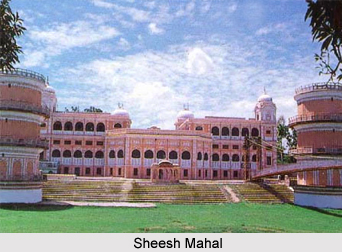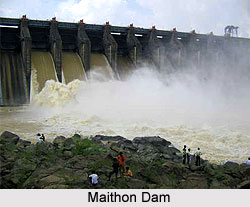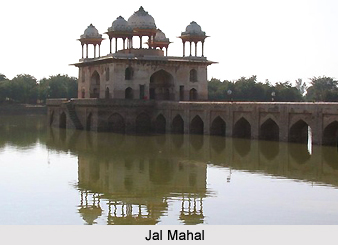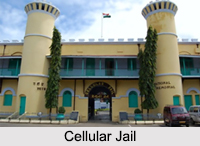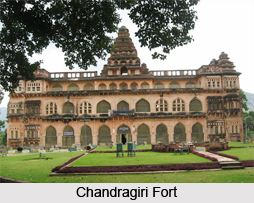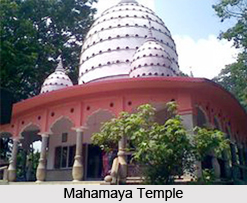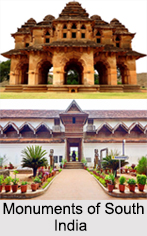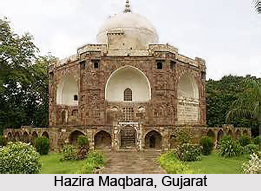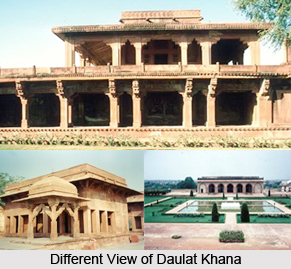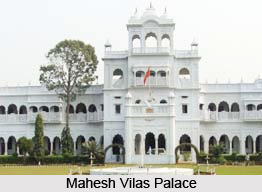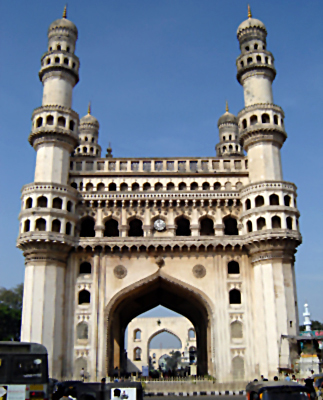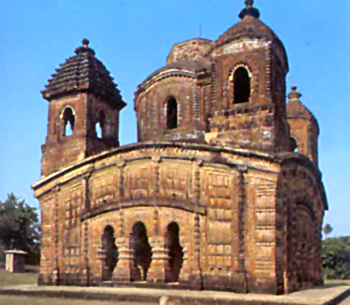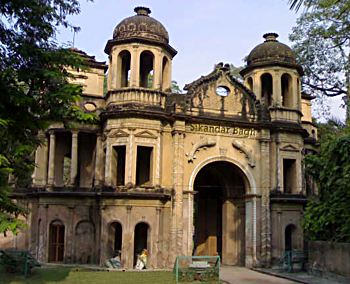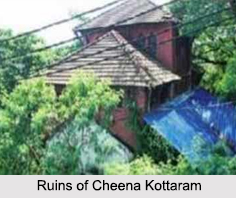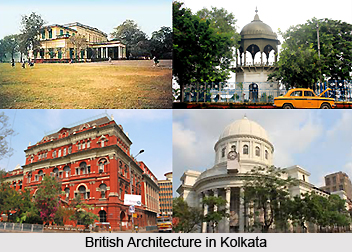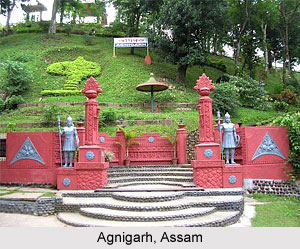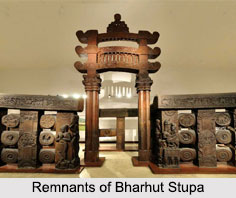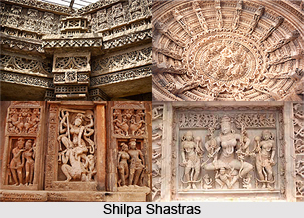 Shilpa Shastras is a canopy for numerous Hindu texts that describe manual arts, the standards for Hindu iconography, the proportions of a sculptured figure and rules of Hindu architecture. There are sixty-four arts have been traditionally enumerated which also includes carpentry, architecture, jewellery, furriery, acting, dancing, music, medicine, poetry and so on.
Shilpa Shastras is a canopy for numerous Hindu texts that describe manual arts, the standards for Hindu iconography, the proportions of a sculptured figure and rules of Hindu architecture. There are sixty-four arts have been traditionally enumerated which also includes carpentry, architecture, jewellery, furriery, acting, dancing, music, medicine, poetry and so on.
Shilpa Shastras plainly deal with sculpture - forming statues, icons and stone murals. Shilpa Shastras are also known by other names like Sirpa Nool, Tachchu-shastram and Shilpa Grantham. It consists of principal texts called Mukhya shastras and their brief versions called Upashilpas. Upashilpas act as a reference for the principal texts. Most of these works have been written in Sanskrit language, some are also written in Tamil too.
Shilpa Shastra can be classified into four categories based on the contents of it. The divisions are civil architecture, Temple architecture, Military architecture and Sculpture and Painting. These show strong religious influence. The texts deal about the planning stage to the execution stage and the individual materials that go into the construction work of a temple.
This article is a stub. You can enrich by adding more information to it. Send your Write Up to content@indianetzone.com
